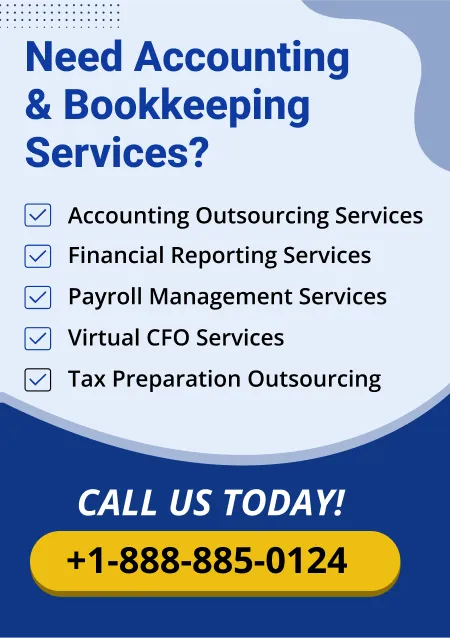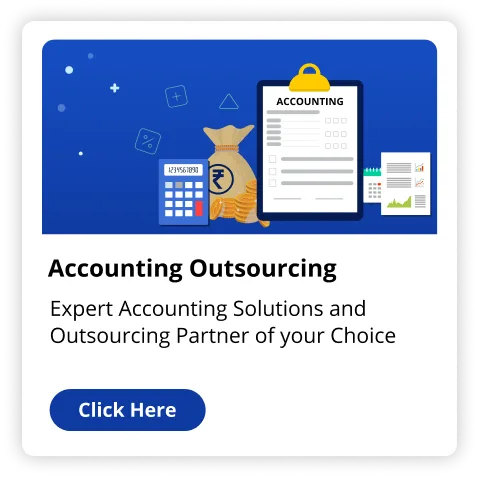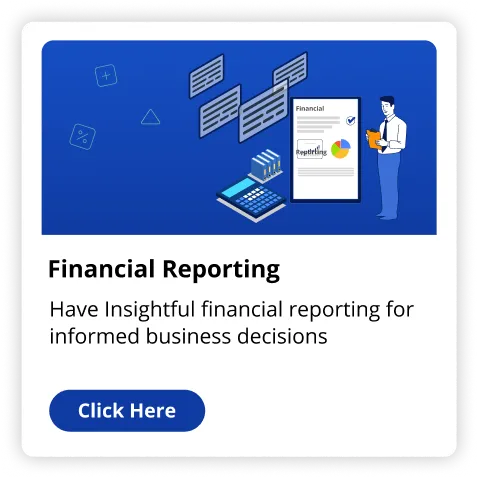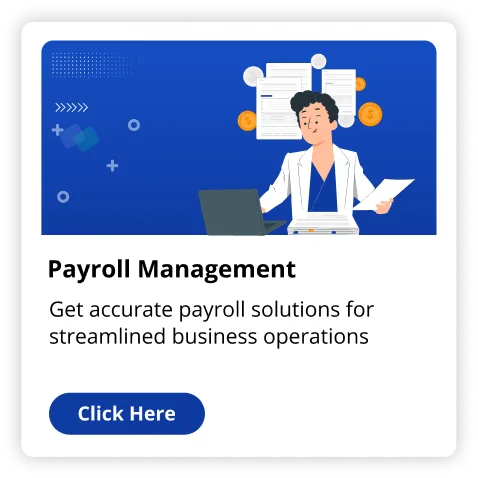Familiarization with the financial structure of a small business is very important for its proper management and business growth, that is what we do under our financial reporting services. The balance sheet is generally regarded as one of the most important statements in the field of accounting and financial reporting, summarizing the assets, liabilities, and equity of the company at a point in time. All these services come under our accounting services also some of them are related to our financial reporting services. This frame of reference will give insight to the actual health of an organization in terms of its finance, operations' efficiency, and growth potential. In this tutorial, we will work through the ideas of assets, liabilities, and equity-why they are important and why they are connected in a small business context.
Asset under Financial Accounting Services
An asset is anything the business owns. The value of assets is carried in the balance sheet at cost but comprising a premium that reflects the acquisition time. Examples of asset classes include the following:
- Liquid Assets: Cash as well as cash equivalents (liquid investments like stocks and bonds).
- Tangible Assets: Items that have physical substance. Examples include buildings, land, machine and other equipment, trucks, inventory
- Intangible Assets: Those assets, without a physical form. Examples include patents and brand names
- Current and Noncurrent Assets: Two categories that classify items between those which can reasonably be expected to be realized within one year and those that won't be realized within one year
Asset Depreciation under Accounting Services
Asset Depreciation is special accounting that has been done by the accounting service providers. This is used for Machinery and Equipment. Since these are huge acquisitions which give value spread over years after purchasing them, a relatively small portion is called depreciation and might be written off in taxes every year of the expected useful life. The depreciable effect time aligns the costs with the benefits that assist in more accurate explanation for the owners about the efficiency of their company's assets.
Liabilities under Financial Accounting Services
The liability created in the form of finance is known as liability. All debts constitute liabilities as a business company has to pay its debts. Liabilities are assumed to be the largest item employed in most companies' financing for both short-term and long-term development.
- Current Liabilities: All being due in one year which include accounts payable, interest and taxes payable, and short term loans to a business company.
- Long Term Liabilities: Any debt to be paid over a period more than one year, this includes long term notes, bonds, leases, and mortgages. It will pay to record long term debt on a business debt schedule.
- Contingent Liabilities: obligation which may become due based on the outcome of another event such as the result of a lawsuit. These are normally not included in a balance sheet because their size and timing are normally uncertain.
What do you mean by Equity Accounting Services?
Equity under our accounting services means the difference between the assets of the business and the liabilities of the business. Proper calculator of equity is really important for the businesses, hence it must be done with the help of professionals. For this purpose you can either hire an accountant or get outsourced accounting services of some expert and experienced accounting service provider. The formula for calculating the equity under accounting services is given below:
Equity = Assets - Liabilities
The book value of equity, also called equity balance sheet value, is calculated through the above mentioned formula. It theoretically measures how much the owner's portion of the firm would realize if all liabilities were repaid. Book value of equity, on aggregate is: Sum of the amount that investors supply to the firm to acquire (common or preferred stock - the cost of any stock it reacquired, called treasury stock + retained earnings), that is the total profits of the company since inception minus all dividends ever paid.
However the book value can be very different from the "market value" the owner would get if the company were liquidated or sold. For example, suppose the land, buildings, patents or brand names are rising or falling in value because when the company bought them? Their book value will remain to reflect the old value when purchased originally. Understanding what the company is now worth, examination of individual valuation
Accounting Equation under Accounting Services
The accounting equation is Assets = Liabilities + Equity, which balances the balance on the balance sheet between assets and liabilities. The business owns assets that were paid for by a lender, owner, or retained earnings. The amount recorded for an asset should be balanced by the amount recorded for a matching liability or equity. Examples include a company with $10 cash owed to George, an asset financed with equity from shareholders, and a purchase of assets with revenues. The balance is reflected on the balance sheet.
Importance of Tracking of Assets and Liabilities
Tracking assets and liabilities is crucial for financial performance metrics and understanding your financial position, hence one must track assets and liabilities of one’s business with the help of some good accounting service providers. A current balance sheet is required by potential lenders and investors. Information power is essential for cash planning, borrowing, and receiving cash from customers. Current assets should equal or exceed liabilities, and lenders must know your existing debt before extending credit. Accounts receivable assets help in collecting cash from customers.
Conclusion
Three main headings of any company's balance sheet are assets, liabilities, and equity. Hence they must be managed properly with the help of either accountant or outsourced accounting service providers. Experienced accounting services providers like Fino Partners can help you out to maintain the proper financial records with respect to your business. These are quite crucial ideas for small business owners, as not only do they help keep their books, but they also assist them in strategic decisions about opportunities that would be available for further growth later. All the interrelated factors provide a starting point for management about the financial well-being of the company to allow it to continue with growth.
Read Also What Are Fixed Assets and How to Manage Them for Your Business


























